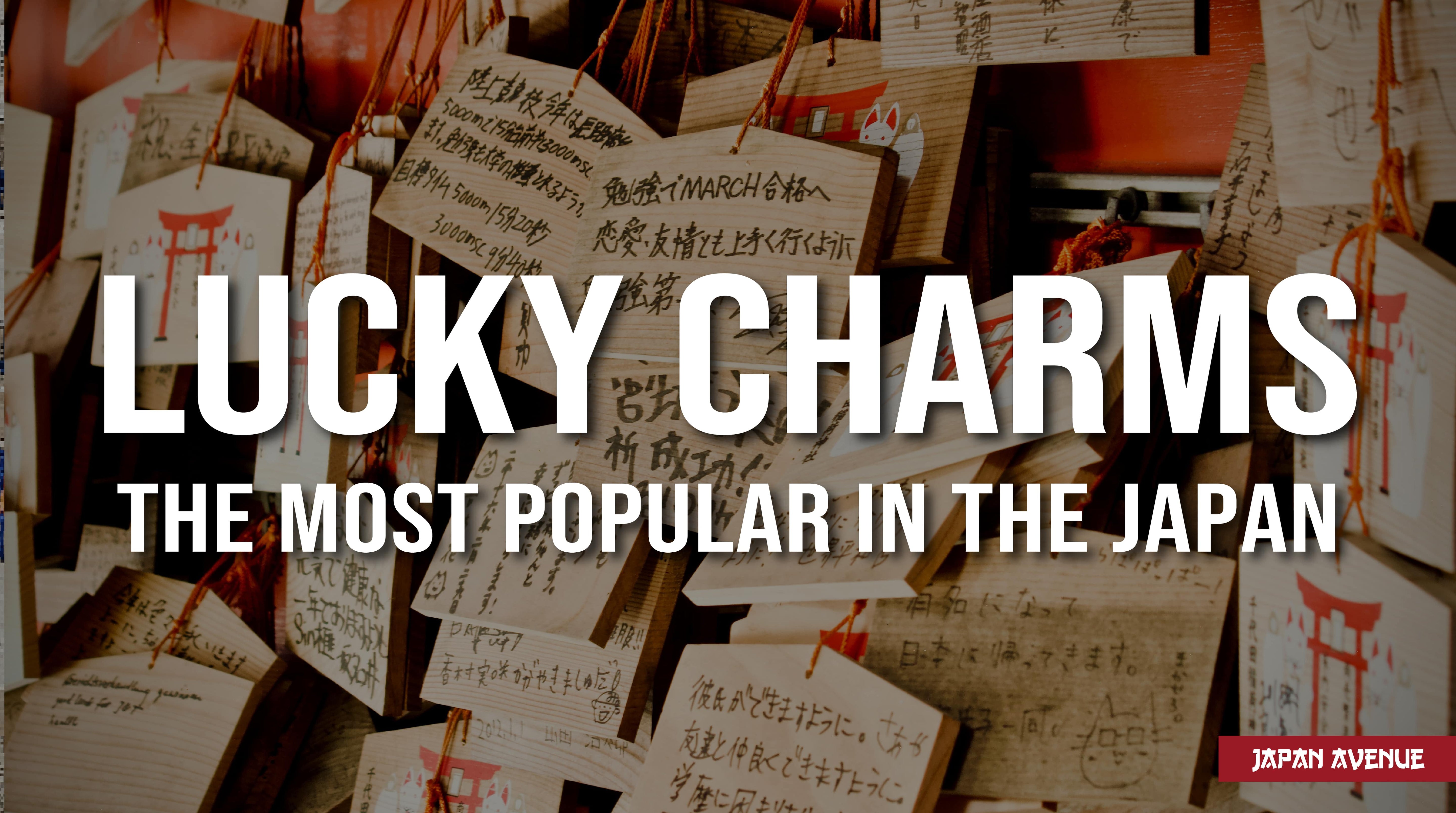It can be intimidating to dive blindly into Japanese literature. Artists from the Land of the Rising Sun have different concerns than we do; they don't live in the same social, economic, or historical context. However, these novels are a true invitation to discover a world rich in emotions, where society, moral values, and human relationships are explored with finesse.
Rest assured, this art, as mysterious as it is poetic, is open to everyone!
What are the most well-known codes and works of Japanese literature? Where to start? Get comfortable and let yourself be guided through the richness of Japanese writing.
History and Characteristics of Japanese Literature
Historical Context and Development of Literature
Literature reflects the social, political, and cultural changes of a country. Discover how this art has evolved throughout Japan's history:
Heian Era (794-1185): The golden age of Japanese literature. The most famous works include "The Tale of Genji" by Murasaki Shikibu and "The Tale of the Heike", an epic that recounts the war between the Minamoto and Taira clans.
Medieval Period (1185-1603): Emergence of new literary genres such as Noh theater, Kabuki theater, and folk tales. When we talk about medieval literature, we think, for example, of "The Tale of Heichu" or "The Book of Five Rings", a manual of military strategy written by the famous samurai Miyamoto Musashi.
Edo Era (1603-1868): Blossoming of popular literature, comics, illustrated novels, and popular theater. Notable works from this period include "forty-seven Ronin", a famous samurai revenge story, and "Ukiyo Monogatari", a collection of Edo-era tales.
Modern Period (1868-1945): Modern literature develops with the introduction of Western writings and the adoption of new literary forms such as the novel and free verse poetry. Don't hesitate to get your hands on classics like "Botchan" and "Kokoro" by Natsume Soseki, "Tokyo Story" by Yasujiro Ozu, or "Rashomon" by Ryunosuke Akutagawa.
Contemporary Period (1945 – present): Contemporary Japanese literature reflects the social and cultural changes in post-war Japan. After its surrender, Japan lost all its bearings. Entire cities were destroyed, the black market spread, and the emperor personally acknowledged that he was not a god. Today, authors pay special attention to themes of alienation, loneliness, family relationships, and personal transformation. We particularly recommend reading "Norwegian Wood" by Haruki Murakami or the crime novel "Out" by Natsuo Kirino.

Detail of one of the illustrated scrolls from The Tale of Genji. Written in the 11th century by Murasaki Shikibu. Painted around 1130. Source: Wikipedia
Different Japanese Literary Genres
The novel is probably the most popular and widespread genre in Japanese literature. It covers a wide variety of subjects, from social realism to fantastical and imaginative stories. This mode of storytelling, lengthy and often complex, spread in Japan from the Meiji era (1868-1912).
Traditional poetry uses strict forms, such as the haiku, characterized by its brevity (three lines with 5, 7, and 5 syllables) and its focus on nature, or the tanka, consisting of 31 syllables divided into five lines with a 5-7-5-7-7 syllable pattern. To satisfy your curiosity, read our article "Japanese Haiku, the Smallest Poem in the World".
Theater includes traditional forms like Noh, Kabuki, and Bunraku, as well as modern genres with contemporary theater.
Detective fiction is highly esteemed in Japan. This long tradition dates back to the early 20th century. Masters who have contributed to this genre (Higashino Keigo, Yukito Ayatsuji, etc.) are famous for their attention to detail and their ability to create complex plots.
Travel writing is an important repertoire of Japanese literature, with well-known authors like Basho, who produced travel novels and intimate journals.
Fantasy literature also constitutes a significant genre, with writers like Haruki Murakami and his imaginative worlds, and fantastic characters that have captivated millions of international readers.

How to Easily Get Started with Japanese Literature
Themes Explored in Modern Novels
Now that you have the keys to understanding the evolution of Japanese literature. It's time to dive into modern works and analyze the topics covered so you can confidently pick them up at the bookstore.
Contemporary novels explore themes that touch on Japanese society in everyday life:
Haruki Murakami's "Hard-Boiled Wonderland and the End of the World", for example, addresses social alienation and loneliness. This novel delves into the issues of isolation in an increasingly individualistic and technological society.
Family and interpersonal relationships are also studied by Haruki Murakami with "Norwegian Wood". This work highlights the complex dynamics among its characters, including family and romantic relationships. This theme is often central to modern Japanese writings.
Japanese history and culture are also significant subjects in literature. "The Pillow Book" by Sei Shonagon delves into traditions related to theater and music. Many modern novels explore Japan's history, anchoring the story during World War II, for example.
Authors can also delve into dark themes related to violence, crime, yakuza, or corruption in Japanese society.
Personal transformation is often at the core of this art, with works like "Kafka on the Shore". This novel addresses metamorphosis and the inner journeys of its characters, studying themes of redemption and the search for meaning in life.
Finally, while browsing in bookstores or at the library, you will surely find works that deal with the Japanese natural environment, like "Snow Country" by Yasunari Kawabata. This novel explores the connection between humans and nature, highlighting its beauty and fragility. These titles raise awareness about environmental degradation and the impact of climate change.

Top 10 Famous Japanese Works to read
Here is our personal selection of Japanese novels to absolutely get your hands on:
1. "The Tale of Genji" by Murasaki Shikibu: A classic from the 11th century considered one of the greatest masterpieces of Japanese literature.
2. "Kafka on the Shore" by Haruki Murakami (2002): One of the most famous novels by this author. It tells the story of a man who flees his home to escape his destiny.
3. "Kokoro" by Natsume Soseki: A psychological novel (1914) that explores themes of solitude and disillusionment.
4. "The Temple of the Golden Pavilion" by Yukio Mishima (1956) where a young Buddhist monk burns down the famous Kinkaku-ji temple in Kyoto.
5. "Confessions" by Kanae Minato (2009) narrates the consequences of a murder on a group of women.
6. "The Ballad of Narayama" by Shichiro Fukazawa (1956) describes daily life in a remote mountain village.
7. "The Woman in the Dunes" by Kobo Abe (1962) where a teacher finds himself trapped in a fishing village with a woman who forces him to endlessly dig holes.
8. "The Cat Who Came in Off the Roof" by Takashi Hiraide (2001) follows the life of a couple who adopts a stray cat.
9. "Grave of the Fireflies" by Akiyuki Nosaka: A contemporary short story (1967) where two children try to survive during World War II. You may have shed a few tears watching its animated film adaptation.
10. "Sweet Bean Paste" by Durian Sukegawa (2008) tells the story of a woman who sells dorayaki pancakes and an old man who becomes her regular customer.

If you have a passion for Japanese culture, delving into its literature will only enrich your knowledge. From classical poems to modern novels, including traditional theater plays, Japanese literature always has something to offer to its readers. Whether you are a seasoned enthusiast or a curious novice, we invite you to explore this world!
Read our article "Traditional Japanese Art" to learn more about the cultural landscape of the country.



